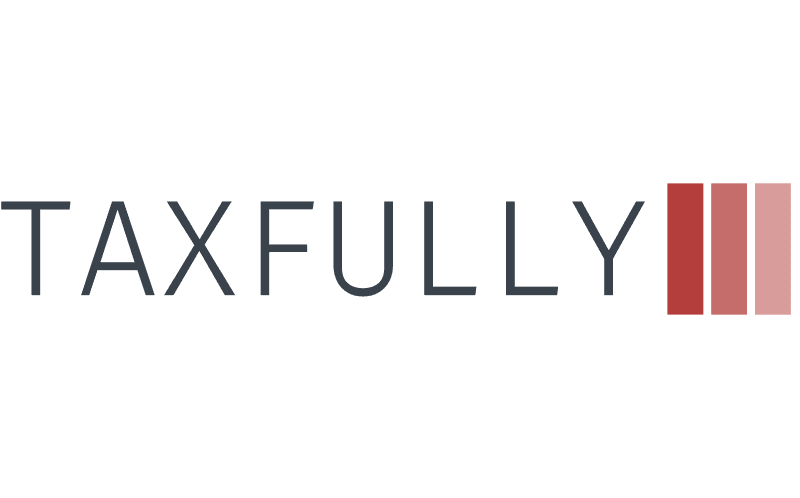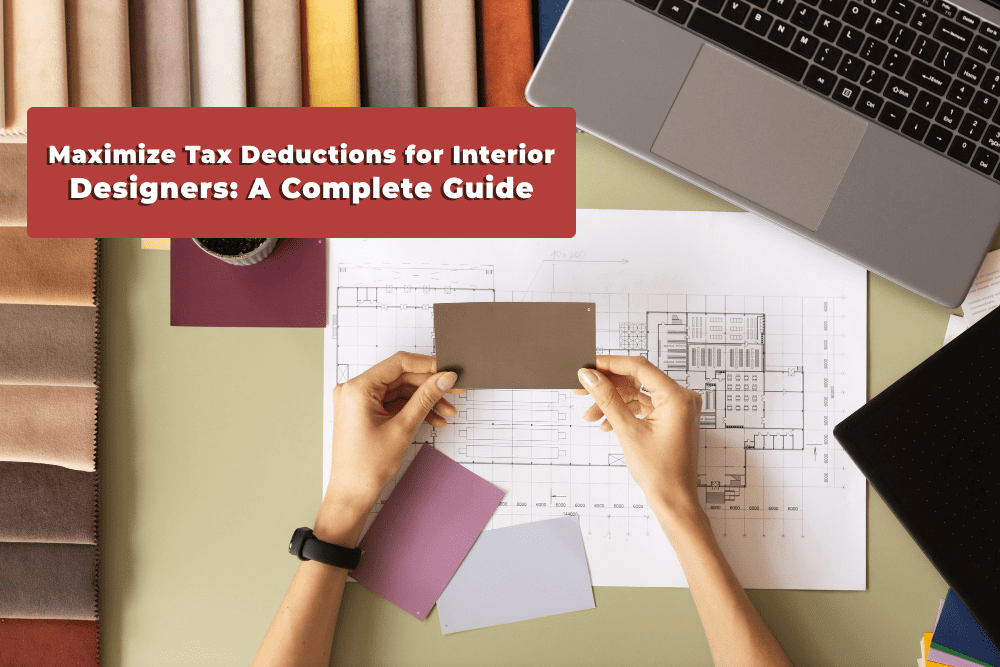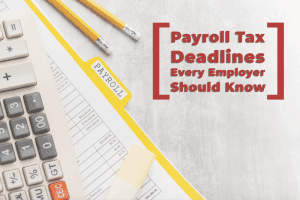As an interior designer, managing projects, working with clients, and enhancing your skills often comes with various expenses. Fortunately, Tax Deductions for Interior Designers can help reduce your taxable income and save money. This guide breaks down these deductions to make them easy to understand and apply to your business.
Key Deductible Expenses for Interior Designers
- Design Tools and Resources
- Design Software: Deductions include design software like AutoCAD, SketchUp, and other tools used in your work.
- Reference Books and Digital Assets: Books, magazines, stock images, and templates used to enhance your skills or design projects are deductible.
- Office and Workspace Expenses
- Office Supplies: Items like notebooks, pens, and other supplies can be claimed if they are used for your business.
- Workspace Costs: If you work from a rented office or a dedicated home office, you may deduct a portion of rent, utilities, and maintenance costs based on the space’s usage.
- Travel and Meeting Costs
- Client and Project-Related Travel: Expenses for travel to client meetings or project sites are deductible, including mileage, parking, and tolls.
- Business Meals: When discussing business over a meal with a client or contractor, you can write off 50% of the expense.
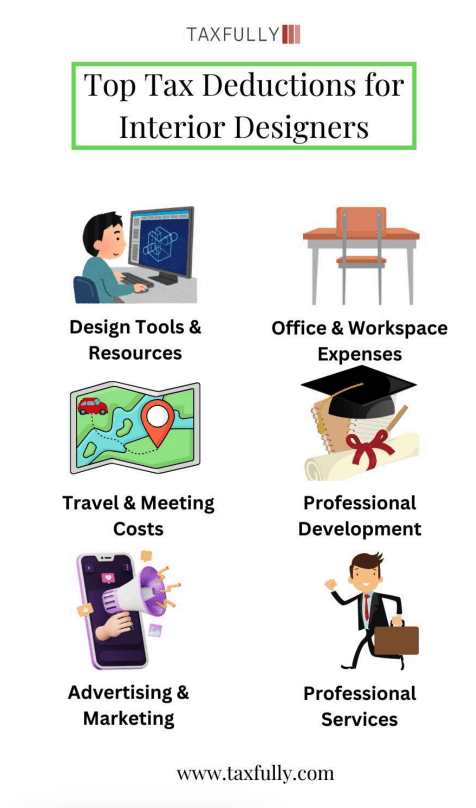
You may also like to read:
Avoiding Common Payroll Tax Mistakes: A Guide for Small Business Employers
Managing payroll taxes is a crucial part of running a small business, but mistakes can happen…
Read More
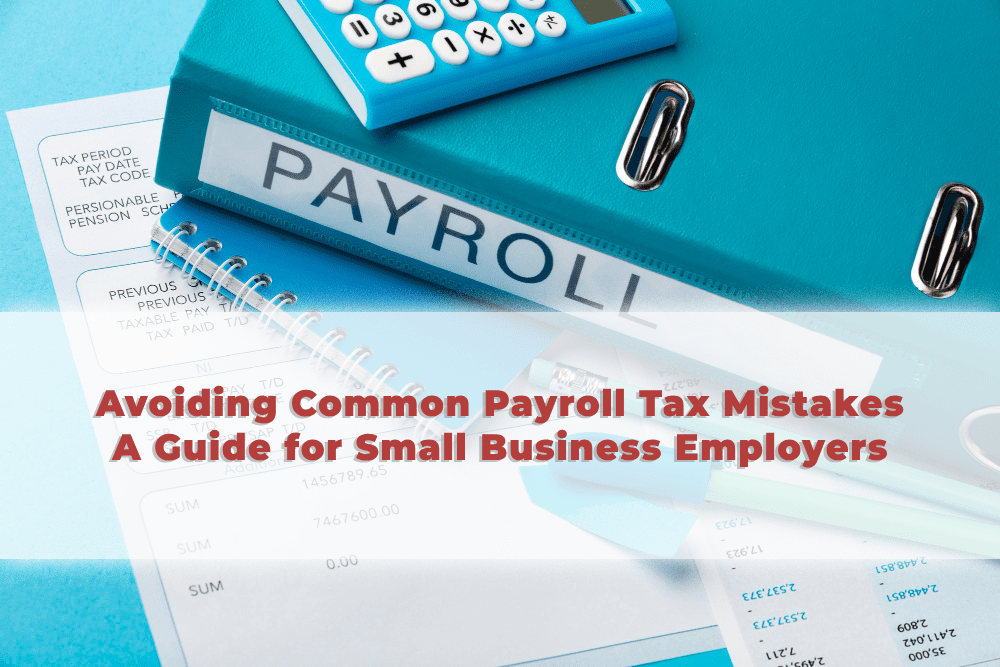
Additional Deductible Expenses
- Professional Development
- Courses and Workshops: Any professional development, from design courses to industry conferences, is deductible if it relates to your work as a designer.
- Advertising and Marketing
- Marketing Costs: Website expenses, social media ads, and printed materials are deductible if used to promote your business.
- Professional Services
- Contracted Help: Costs for hiring freelancers, accountants, or legal services specific to your business are deductible.
Tips for Tracking Expenses
- Keep receipts and maintain records for each business expense.
- Use an expense-tracking tool to stay organized year-round, making it easier to file your taxes accurately.
Conclusion
By staying aware of tax deductions, interior designers can lower their taxable income, giving them more to reinvest in their business. Keep records and consult a tax professional to ensure you’re capturing all possible deductions. With a bit of planning, tax time becomes easier, leaving you more time to focus on creating beautiful spaces for your clients.
